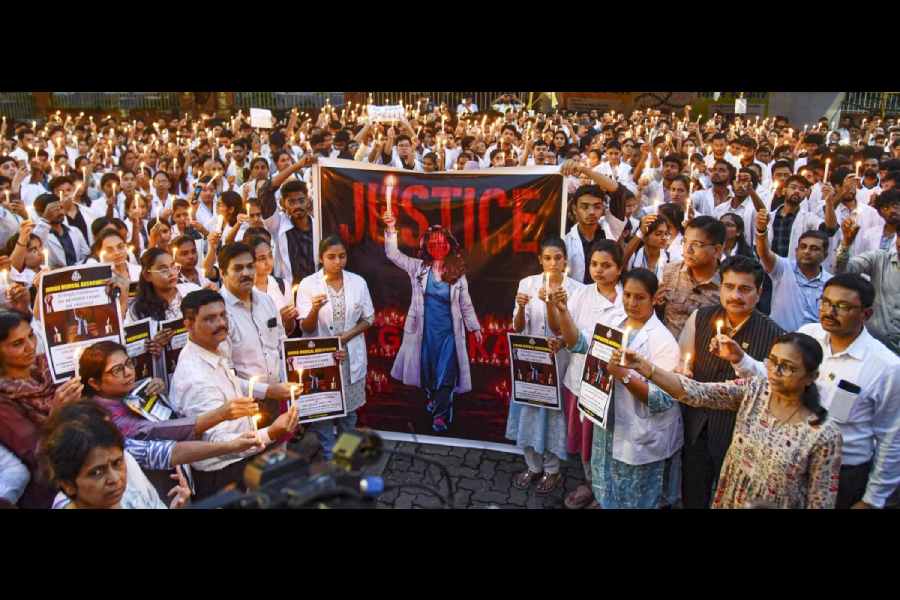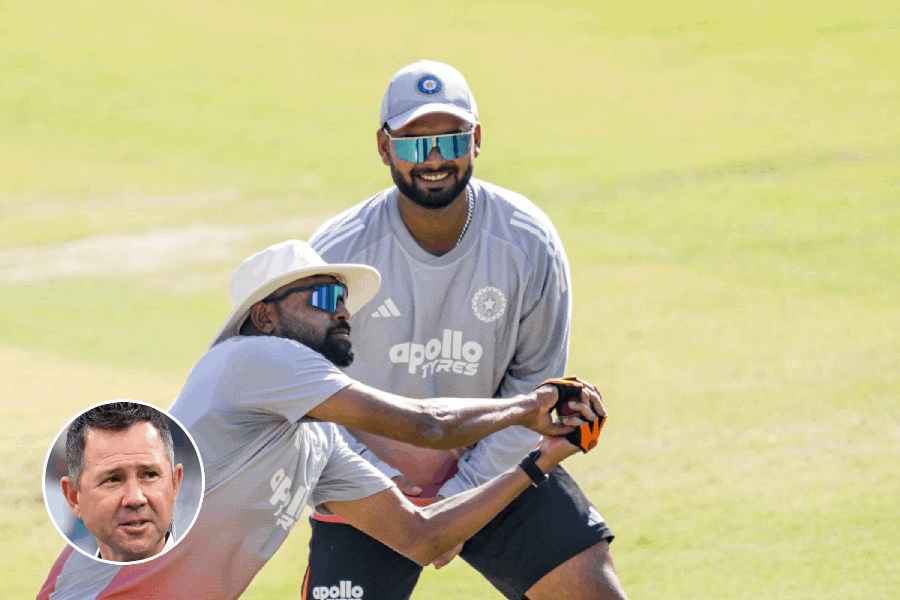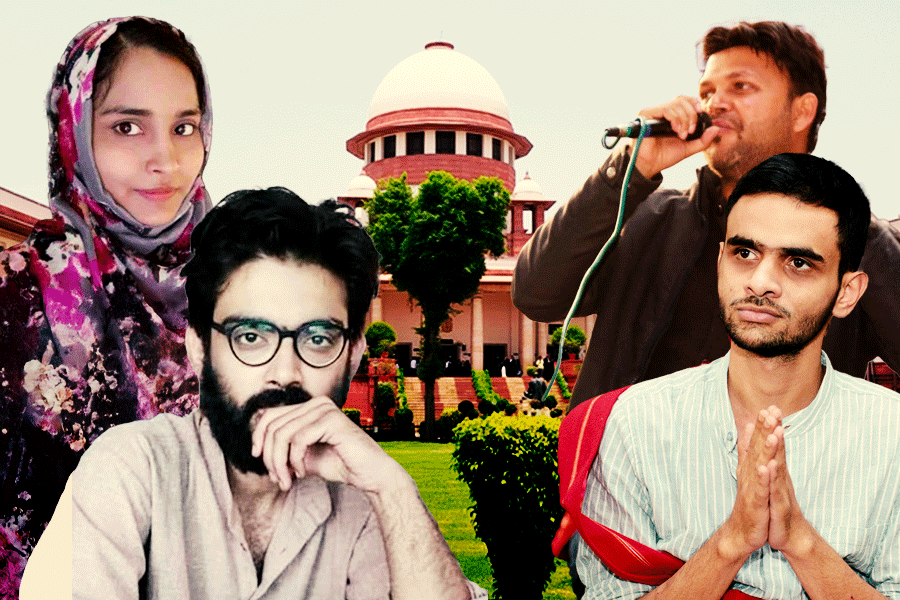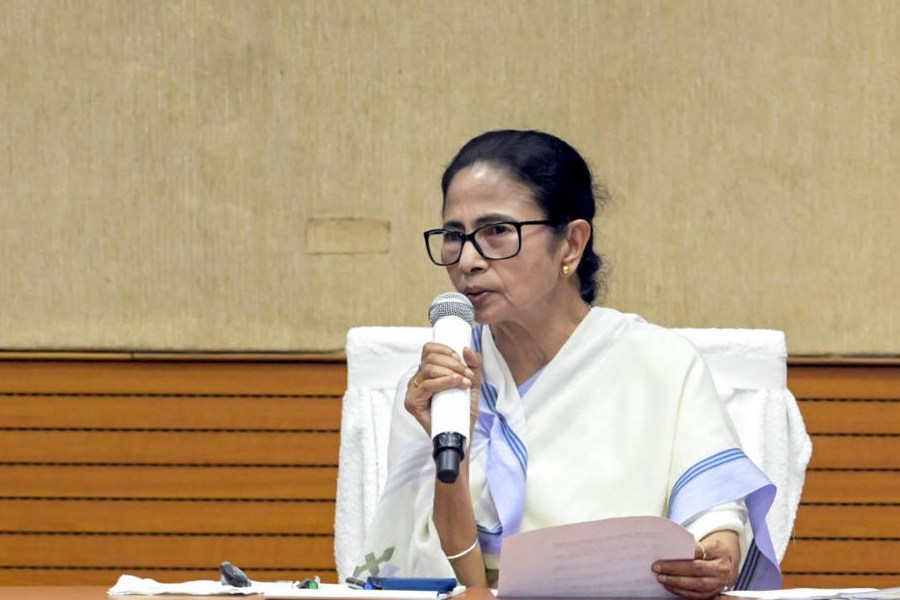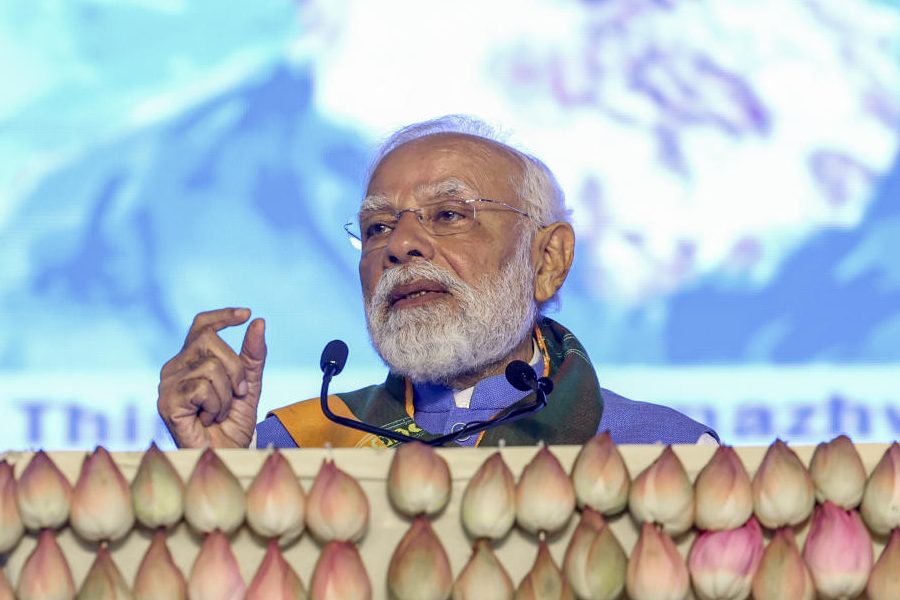In August 2024, Bengal woke up to the gut-wrenching news of the rape and murder of a 31-year-old resident doctor, now eulogised as ‘Tilottama’, while on duty at her workplace, the R.G. Kar Medical College and Hospital. In a country which records 85 rape cases daily, news of another incident of sexual violence was not expected to shock us. Yet, this crime forced thousands to take to the streets, demanding justice
for Tilottama.
The much-awaited judicial verdict — a life-term for the accused — ushered in more dismay than jubilation. A lone culprit behind this scale of barbarity was not a conclusion that the city was ready to accept. But the judgment reiterated one key fact about criminal prosecution; why a blanket mandate of capital punishment is a far cry from justice and why the Aparajita Women and Child (West Bengal Criminal Laws Amendment) Bill, 2024 is anything but a deterrent against rape.
The Aparajita Women and Child (West Bengal Criminal Laws Amendment) Bill was passed by the state assembly in September 2024 to seek harsher punishment for sexual violence against women and children. The bill, which is awaiting presidential assent, lays down punishment for rapes across West Bengal to not be less than life imprisonment extendable to the death penalty. Currently, the death penalty as a punishment can be meted out only in the case of rape of a minor under the age of 12 years; or where the offence leads to the survivor’s death or leaves her in a vegetative state; or in the case of gang rape, if deemed to be one of the ‘rarest of the rare’ cases by the court. But the Aparajita bill eliminates any qualifiers and prescribes capital punishment as a blanket punitive measure.
Additionally, the Aparajita bill lays down punishment for revealing the name of the survivor, life imprisonment for the offence of acid attack, formation of a task force for investigations in rape cases, and description of the fine amount to meet the rehabilitation costs of the victim. It also mandates a limit of 21 days, extendable by 15 days, for completing the investigation and the formation of fast-track courts for trials.
The optics of ‘zero tolerance for rape’ perpetuated by stipulating capital punishment for the offence of rape may have a crowd appeal but it goes against the core principles of the Indian legal framework. It squarely violates the constitutional right to life and right to equality before the law guaranteed under Article 21 and Article 14, respectively, and goes against the framework laid down by the Supreme Court in the Bachan Singh versus State of Punjab (1980) case where the court had mandated that death penalty may only be given in the rarest of rare cases when the prosecution is able to show that the accused is incapable of reform.
Speaking of procedural lapses, death as the minimum punishment as envisioned in the Aparajita bill fails to see the retraumatisation of the victims and their families in trying to meet the high burden of proof. Death sentence as a deterrence to rape has not been proven anywhere. If that had been the case, the horror would have stopped with Nirbhaya.
While the prompt disposal of justice is of utmost importance, straitjacketing the investigation period as stipulated by the Aparajita bill is incongruous with the ground realities of rape investigations and trials in India and disregards the absence of efficient trial and investigation procedures. The Central Bureau of Investigation’s failure to submit a chargesheet within the mandated 90 days in this very trial was a case in point. Such a short duration for investigation without adequate reforms in the trial and investigation infrastructure of the agencies would inevitably lead to high rates of acquittals. In case the evidence is not procured within 36 days, the courts would have no option but to acquit the accused.
Another obstacle to rape trials is the high frequency of witnesses turning hostile. A study conducted in a fast-track court to try sexual offences against women in Karnataka found that the main reason for 81.25% acquittals in 65 cases was due to witnesses turning hostile.
The lens employed to draft or redraft laws punishing rape largely lacks the female gaze. The female gaze of law-making warrants that laws ought to be viewed through a feminist lens to ascertain their unintended impacts on women’s lives. This is to break the male standard of law and ultimately construct a lens through which the gendered impact of laws can be filtered. Rape laws traditionally were never about women themselves. Rather, they corresponded more to the concepts of honour linked to caste, community and family and the proprietary defilement of the purity of women through a gaze pertaining to men or society at large. If the intent behind the drafting of Section 375 of the IPC (Section 64 of Bharatiya Nyaya Sanhita now) was to protect the honour of the community, then the provision would logically focus more on the punishment rather than the rehabilitation and protection of the victim. The Aparajita bill does just that.
It also adopts the punitive strictness of the Protection of Children from Sexual Offences Act but misses a crucial feature of the legislation wherein the burden to prove innocence lies on the accused. Unlike rape prosecution, POCSO presumes that the accused has committed the crime unless the defence is able to prove otherwise. If this shift could have been integrated into the Aparajita bill, it could have potentially mitigated the routine retraumatisation of the victims and their families in rape trials. It is critical, therefore, to understand rape laws through the female gaze before we embark on more populist and rushed reforms to these laws.
This has been a routine response on the part of the State that does not take into account numerous socio-legal studies that have indicated that harsher punishment did not reduce the incidence of crime. Instead, harsher punishment has led to some rape escalating into murder and hyperviolence and complex, prolonged investigation process. A legislation like the Aparajita bill does little to redeem these issues.
We need a shift in perspective to view rape as an affront to the personal liberty of the victim. To do so, a lot more focus has to be laid on procedural reform and the substantive procedures of rape trials. Instituting a female gaze in the conduct of rape trials would mean that the scrutinising lens would focus more on the accused proving his/their innocence rather than the victim having to relive the suffering she has already endured. The incongruence in the procedure of justice delivery is far more pressing than the punishment that awaits at the long end of the tunnel. Without reforms to the present systems, stricter laws will end up being mere diktats on paper.
Yashaswini Basu is a lawyer working with Vidhi Centre for Legal Policy. Prathiksha Ullal is a Research Fellow at Vidhi Center for Legal Policy.

